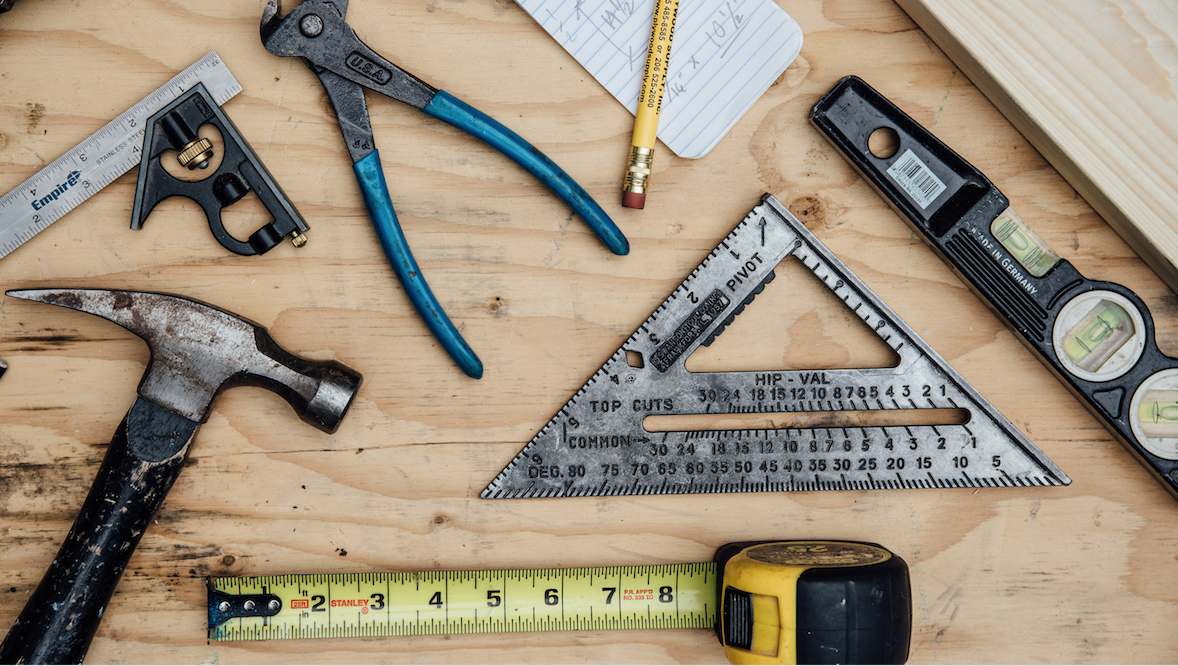When to DIY & When to Call a Professional
Whether your home is baking under the summer sun or is blasted by a polar vortex, you should always have a comfortable place to live. Though unfortunately, that level of comfort is often influenced by a mechanical system, and mechanical systems can have technical difficulties from time to time.
The more moving parts are in a system, the higher the chance that something will eventually go wrong.
So, when your HVAC system stops moving cool air in the summer and hot air in the winter, it’s then time to ask the question: “Should I do this myself or get a pro to handle it?”
If you go through the following steps and your system is still not working properly, then it’s time to call a professional.
Step #1: Change Your Filter
This is about the easiest, most obvious and least expensive fix overall, simply because your filter is often the culprit. If your filter is stopped up, then your indoor unit could overheat, which will cause it to switch to ‘safe mode.’
In safe mode, your indoor unit will only move unconditioned air (the fans are running, but nothing is changing the air’s temperature).
It’s recommended that you change your filter every month to ensure maximum system efficiency.
Step #2: Check the Thermostat
Verifying that your thermostat is reading properly is a simple process: purchase a cheap thermometer and see if the two are displaying the same temperature.
If not, then recalibrate your system per the manufacturer’s manual directions.
If your system is reading the temperature correctly, then try adjusting your thermostat by 10 degrees. If the temperature changes, then you might simply be dealing with an inefficiency issue.
Step #3: Deal With Obstructions
Obstructions inside central HVAC ductwork can decimate the rate of airflow (CFMs) through the system. If that rate is too low, then you might have something blocking the path of conditioned air.
Be sure to check for these issues:
Drapes, plants, curtains, bed sheets, etc., blocking a vent
Dampers are not positioned properly for your desired settings. The air may be stopped from flowing into a room and be redistributed into other rooms.
There may be an object stuck inside the ductwork. Try to check for any obstructions, but this might be the job for a technician if you can’t see anything.
Also, make sure that the coils on the outdoor unit are clean. If not, then your system cannot dissipate heat properly, and it will be unable to cool your home effectively.
Checking to see if the heating elements in your indoor unit are working properly is a bit more difficult of a task. So here’s what you should look for: if there’s a major heat leak or something smells like it’s burning, then it’s time to get on the phone with a local HVAC repair company.
Step #4: Check the Circuit Breaker Box
There’s a good chance that your system has simply blown a fuse in your circuit breaker box. This will usually happen during peak usage levels, such as on the hottest part of summer in the middle of an afternoon.
If this occurs, simply throw the switch on your circuit breaker box and you should be good to go.
If the problem persists, then you might want to go call a pro. It means that your system is working too hard, because something is causing a major drop in efficiency and overloading your fuses.
When You Should Call the Guys That Know What They’re Doing. Contact TradiePro
Many others might tell you to do other steps that can be more complex (fixing electrical issues, reprogramming, etc.) and it is possible to do them yourself. However, in my years of experience with home improvement projects, I’ve developed a saying…
When in doubt DO NOT void the warrantee.
With that said, I would keep from removing cover plates and tinkering with panels and complex wiring. Depending on your experience level, you might end up doing more harm than good, and it’s a great way to void a warrantee (which is going to cost you far more than just hiring an HVAC specialist).
Especially after taking one look at The Family Handyman’s piece on DIY air conditioner repair, I couldn’t help but feel that even those ‘easy’ fixes could go wrong in a hurry.
What Is This All Going to Cost?
It is true that hiring an HVAC technician to troubleshoot your system and get it up to speed again could cost you some cash. However, I’d still call a professional for 2 reasons.
Voiding a warrantee could force you to pay far more than hiring a pro for an hour or three.
There are TONS of flexible financing options out there, meaning that you shouldn’t have to pay the total cost upfront.
No one should have to endure the height of summer or dead of winter in a home without air conditioning or heat due to a cash problem.



